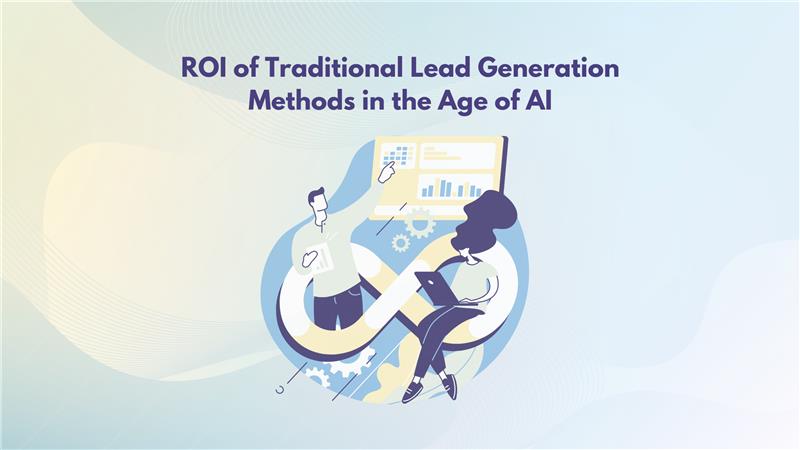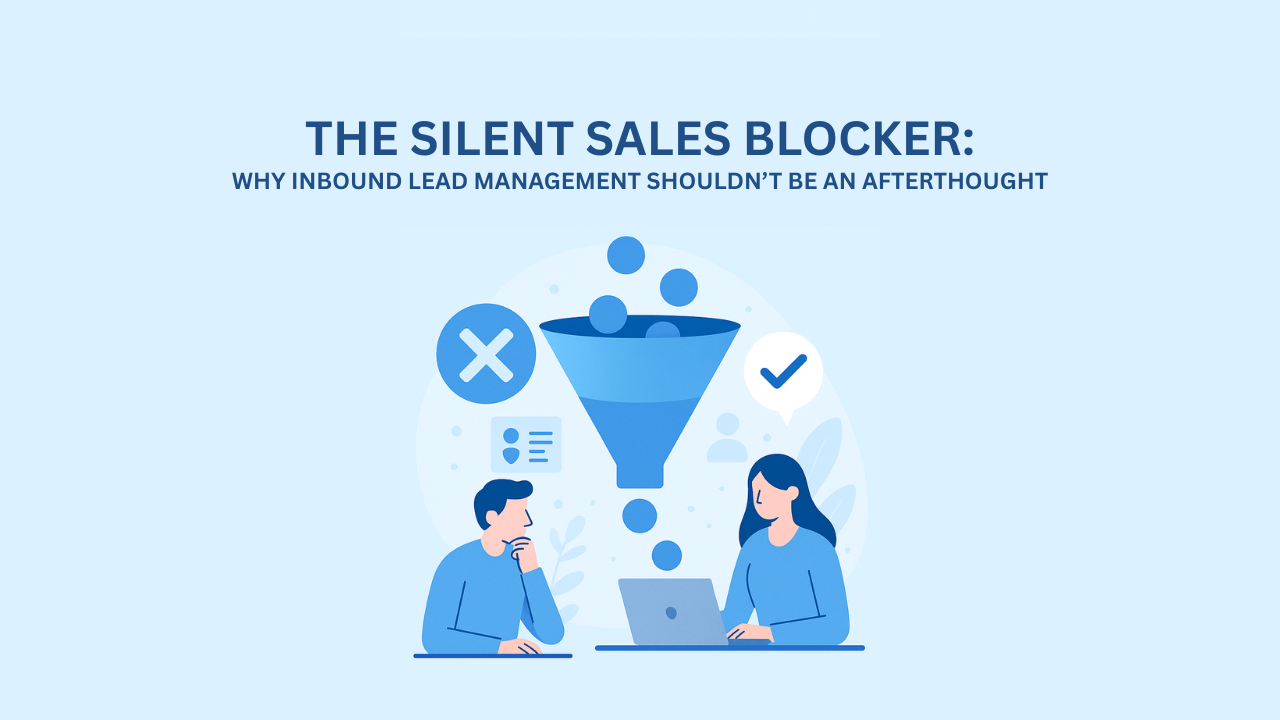
Research Blog: Supply Chain Trends in E-commerce
Table of content: –
- Overview
- Definition
- Trends
- Conclusion
- Sources
-
Overview
Supply chain is a vital part of any e-commerce business as it covers procurement, transit, and delivery of right goods and returned goods in the earliest time possible. As per research, almost 60% of buyers expect their product to reach on the same day on ordering and more than 80% of buyers expect their product to be shipped on the same day as ordered. With improving technology, and new and upcoming ventures, there have been many experiments and trials to improve supply chain methodology. Some worked out, while others failed, but the experiments never stopped and today there are few notable trends which we can see in the market. Let’s take a dive into few supplies chain trends in e-commerce.
-
Definition
The activities taken to ensure that end-to-end cycle, i.e., from procurement to transit to delivery is controlled through extensive planning, co-ordination, and communication as per the set process decided between the partners and the firm. The primary goal for any SCM in the firm is to ensure that the chain is maintained without any breakage and to keep the time gap at its lowest possible, between ordering and delivery.
-
Trends
As the e-commerce industry grows, the need for better logistical services increases. This gives window for many start-ups in logistics and SCM companies to stand-out and capture the market. With the increasing demand, the challenges also pile-up for logistics, be it in-house or third party. But with advancements in technology, and newly generated and curated ideas, we can see how the future of logistics and SCM weld through the current trends. Let’s have a look into few.
- Big Data, Artificial Intelligence & Machine Learning – Technology advances day-by-day and it is important to be in pace with the same. This goes true for logistics and supply chain companies as well. It is not easy to simply adopt a technology and move ahead, but it is vital to at least take a dive and start implementing the same. In current time usage of big data, AI and ML technologies are increasing and SCM companies have a piece they can take.
- Big Data – The usage of big data can help them to to understand the buyer behavior which in turn will help them to plan and strategize their operations and processes.
- Machine Learning – The usage of machine learning helps logistic companies to understand and analyze the pattern and trend of orders at different seasons so that the software can automatically allocate the resources accordingly, and also alert the authorities.
- Artificial Intelligence – The usage of artificial intelligence can help logistic companies to gathers insights from images of delivery packages, their weights, sizes, etc., and detect anomalies, QA assurance, or set-up schedules.
- Drones & Electric Vehicle Usage – While Uber is experimenting with drone-based taxis, e-commerce giant Amazon is testing to make deliveries through self-driven drones. It has been quite sometime since they started the testing and there have been some success. As with the testing period, Amazon has tried with different type of drones like air drones, land rovers, etc. Whatever the vehicle is, human based delivery will be a thing of a past in the far future. However, in the near future, electric vehicles will be a thing as it will reduce fuel cost with time. Even though it is at testing phase too, the usage of electric vehicles to make deliveries seems promising.
- Advance package Tracking – Blockchain – e-commerce is an industry of human-made products. And just like any other industry, there are counterfeit products, fraudulent sellers, etc. Through the usage of the blockchain technology, SCM companies can keep a track of these type of products and sellers, and track the validity of the products shipped.
- Streamline Shipping & Warehouse Location – Technology has the ability to remove the middle-parties. Integrating third party APIs will remove multiple stake holders in the chain to manage logistics and supply chain better. With increase in demand and tighter delivery times, this is crucial as more the number of stake-holders, more the administrative work and that means more chances of delay and bigger timelines of deliveries. This reduces customer preferences–to choose the platform for purchase. With increase in buyers demand, the strategy also calls for increasing warehouse locations especially as close to customer locations as possible.
- Controlling costs – As sales increases, the number of products/raw materials to procure increase viz-a-viz the quantity of products to be delivered within the stipulated period increases. With time, the cost of freight is always going to raise upwards as there are numerous matters that are involved in the same. The rates to transit products will continue to remain high in the foreseeable future. Maintaining these costs is always going to be a challenge for any supply chain manager. As costs increases, the profit margin in products decreases. To control these costs and maintain a steady but fast paced delivery schedule are on-going tasks for every supply chain and/or logistics managers and companies.
- Buyer Personalization – Every consumer wants to feel special. They wish for e-commerce platforms to showcase products of their interest, which are under their budget, and can be delivered on their time. They also wish for support to be provides whenever they need. The companies who have tried to fulfil some of these expectations have witnessed increase in sales and customer loyalty. So, companies have started to integrate AI chat-bots, automated tracking systems, etc.
- Big Data, Artificial Intelligence & Machine Learning – Technology advances day-by-day and it is important to be in pace with the same. This goes true for logistics and supply chain companies as well. It is not easy to simply adopt a technology and move ahead, but it is vital to at least take a dive and start implementing the same. In current time usage of big data, AI and ML technologies are increasing and SCM companies have a piece they can take.
-
Conclusion
As the growing demand of better supply chain management increases, the market for innovative technologies to solve the upcoming challenges rises. One thing is for sure-new, and emerging technology would pay a crucial role, and human interference would gradually decrease.
You may also benefit from real-time validated and customized data for e-commerce Marketing and Sales.
- Sources
- https://www.shiprocket.in/blog/ecommerce-supply-chain-management/
- https://erpsolutionsoodles.medium.com/importance-of-supply-chain-management-in-e-commerce-industry-51ea2358ab6b
- https://supplychaingamechanger.com/3-key-trends-in-e-commerce-logistics/
- https://zmodal.com/2021/03/22/e-commerce-supply-chain-trends-in-2021/
- https://www.plantemoran.com/explore-our-thinking/insight/2020/12/e-commerce-and-supply-chain-logistics-trends
- https://www.globaltranz.com/trends-in-e-commerce-logistics/

ROI of Traditional Lead Generation Methods in the Age of AI

In today’s hyper-connected B2B environment, companies invest thousands, sometimes millions, into driving traffic, generating content, running campaigns, and getting potential buyers to raise their hands.
But what happens when those inbound leads actually do show up?

AI is rapidly changing the sales landscape, automating outreach, personalizing engagement, and handling routine tasks at scale. But does this mean the traditional Sales Development Representative (SDR) role is becoming obsolete?